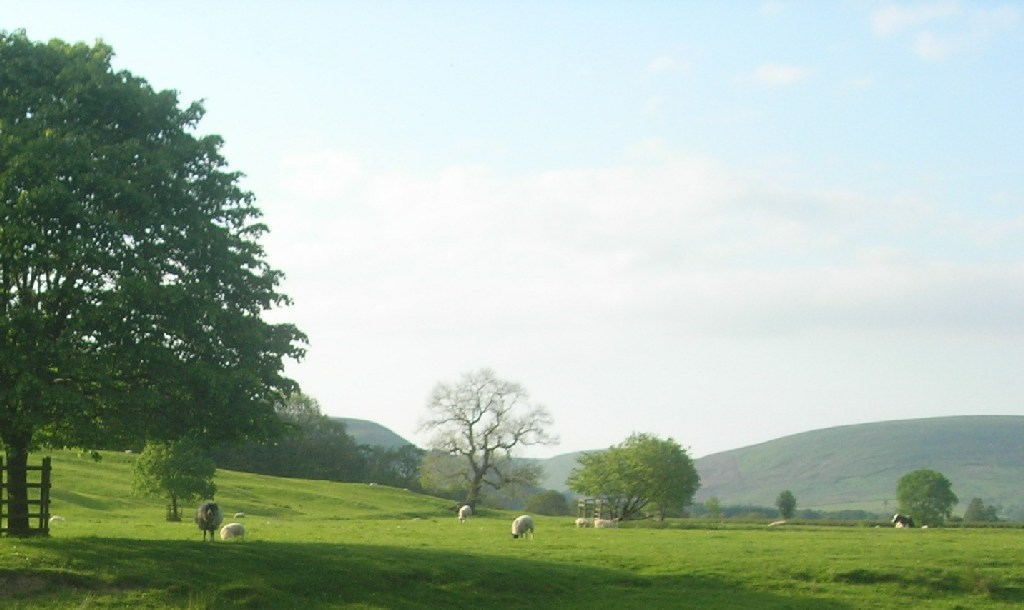
Justin De Vries, Senior Planning Consultant at The Rural Planning Co considers a recent High Court ruling on Green Belt extensions.
The ruling...
A new building in the green belt can be an 'extension' to a house even if it does not immediately abut it, the high court ruled.
Warwick District Council had appealed against a planning inspector's decision to allow an appeal by residents Jules Storer and Ann Lowe, who wished to demolish an outbuilding and replace it with a garden room/home office. Warwick refused permission on the basis that the proposed structure did not fall within any of the exceptions to the principle that construction of new buildings in the Green Belt is inappropriate.
Mr Storer and Ms Lowe successfully appealed by arguing that the new building would fall within the exception isn 149(c) of the National Planning Policy Framework for "the extension or alteration of a building provided that it does not result in disproportionate additions over and above the size of the original building".
Justin's thoughts...
Green Belt is a planning designation that dates to the 1930s. It was adopted as a method to prevent urban sprawl and the merging of settlements, preserve the character of historic towns and encourage development to locate within existing built-up areas.
Interestingly, the defining characteristic of Green Belt land is not its beauty or its greenness, but its openness. Green Belts exist not to preserve landscapes but to prevent urban sprawl. Planning legislation with regards to Green Belts generally prevents development although there are exceptions. The wording states the ‘extension or alteration of a building’. This was interpreted by Warwick District Council as only to additions to the parent building and any outbuildings did not fall within this definition.
In handing down his assessment the judge in the case considered that the Council’s interpretation of the words used would be more natural reading of those words. However, he felt that if the outbuilding has a close physical relationship with the main house such that visually it would appear grouped with the main house then it can be classed as an extension.
As with most planning cases there is often a fair degree of planning judgement involved, hence you are always recommended to get the advise of a professional before embarking on any project.




